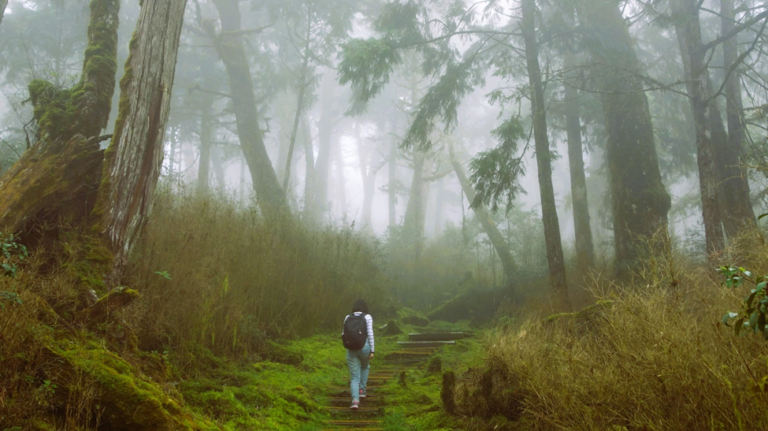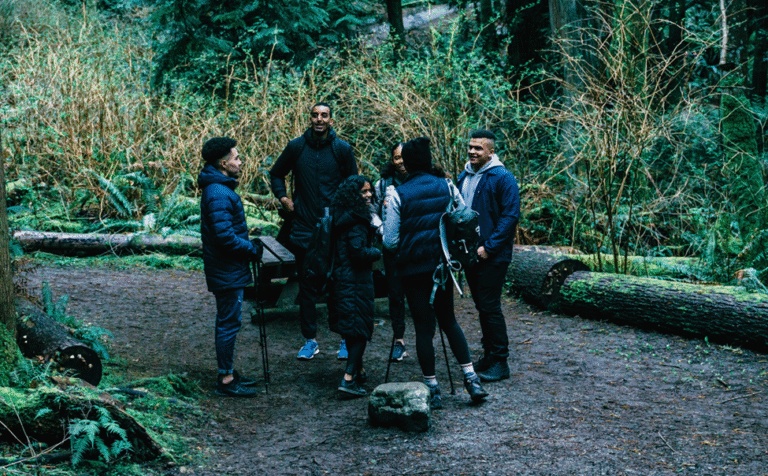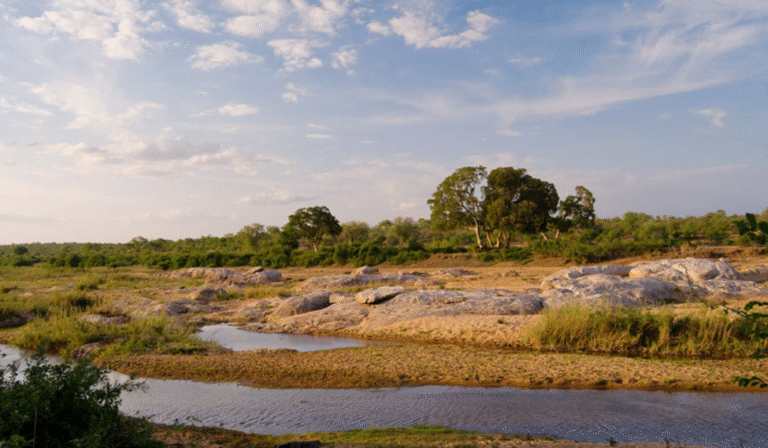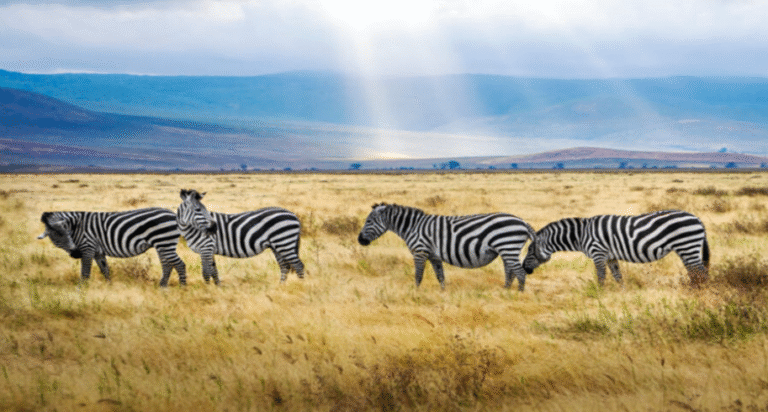
Hiking and trekking may seem similar, but they are quite different. Both needs strolling through nature. However, the objective and challenges are different. Let’s look at the differences and relevant facts.

Purpose
Hiking: Walking on trails or paths for enjoyment is what hiking involves. People enjoy the fresh air and their natural environment. The majority of hikes begin and finish within one day. There are hiking options that range from easy to moderate too difficult.
Trekking: is a long journey on foot that usually takes several days to complete. It often crosses through severe or remote regions. Trekking is more difficult than hiking, which means it requires additional planning and preparation.
Duration and Difficulty
As hiking and trekking look similar, but they differ greatly. Hiking trips are typically shorter than treks. Some treks take only a few hours or a day, while others can last for many days or even weeks. Hikes can vary from easy to moderate difficulty. Treks, however, are often strenuous.
Environment and Terrain
Hiking trails are usually well-marked. These trails are easier to navigate. Hikers mostly encounter gentle slopes. Trekking paths are often rugged and steep. Trekkers may cross mountains, rivers, and forests.
Gear and Preparation
Hiking takes minimum equipment. Comfortable shoes, water, and snacks are plenty. Trekking requires specialized gear. Trekkers require durable boots, tents, and survival equipment. They also have additional food and clothes.
Physical and Mental Challenges
Hiking presents fewer challenges. It is accessible to beginners. Trekking demands higher physical fitness. Trekkers need endurance and mental strength. The remote setting adds to the challenge.
Cultural and Social Experiences
Hikers mostly stay on trails near civilization. They rarely interact with locals during hikes. Trekkers often journey through isolated villages. They experience different cultures and traditions.
Health Benefits
There are great health benefits to hiking and trekking. Hiking improves cardiovascular health and fortifies muscles. Trekking encourages stamina and perseverance. They both alleviate stress and improve mental health.
Popular Hiking & Trekking Destinations
• Hiking: Grand Canyon (USA), Cinque Terre (Italy), and Mount Fuji (Japan).
• Trekking: Everest Base Camp (Nepal), Inca Trail (Peru), and Annapurna Circuit (Nepal).
Best Practices for Safety
Hiking: Look at the weather, take the things you need, and stay on the marked paths.
Trekking: Get in shape before you go, bring the right things, and listen to your guide.
Choosing Between Hiking and Trekking
Select hiking for brief and less taxing adventure. Choose trekking if you want a deep and challenging adventure. What you choose to do depends on your fitness, time, and what you want to achieve. First, understand both hiking and trekking then plan accordingly.

Hiking and trekking both connect us to nature. The right choice depends on your interests and abilities. Embrace the journey and enjoy every step.
FAQ’s
- What is the primary difference between hiking and trekking?
- Do hiking and trekking require different gear?
- Can beginners try both hiking and trekking?
- What are the health benefits of hiking and trekking?
- Where are popular trekking destinations?






